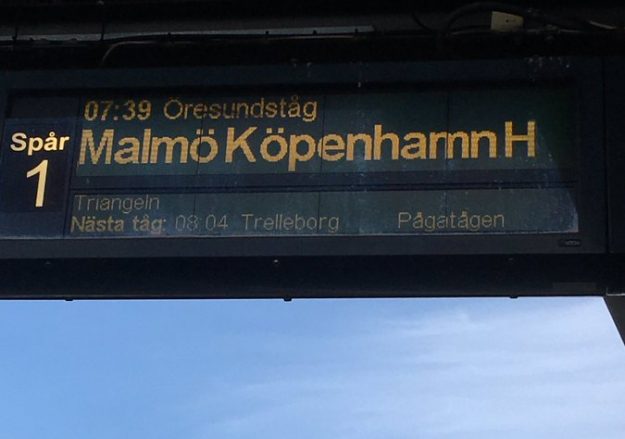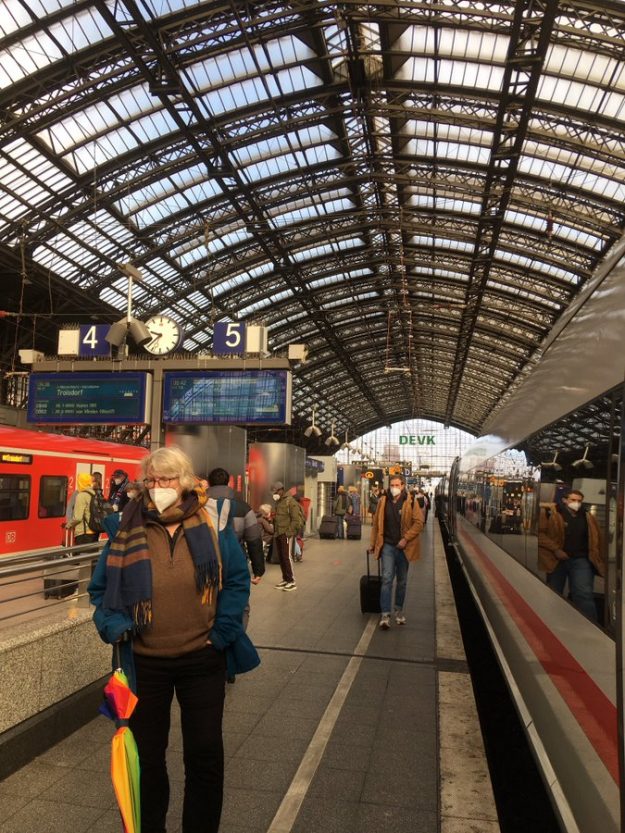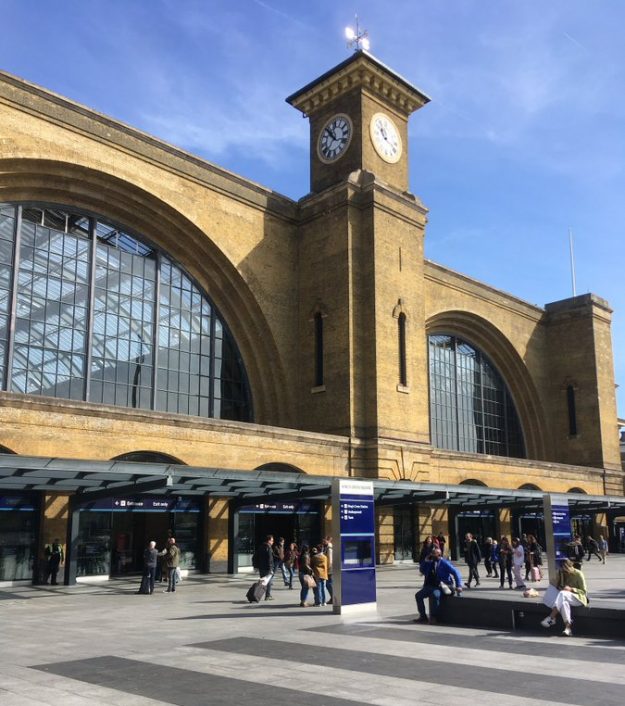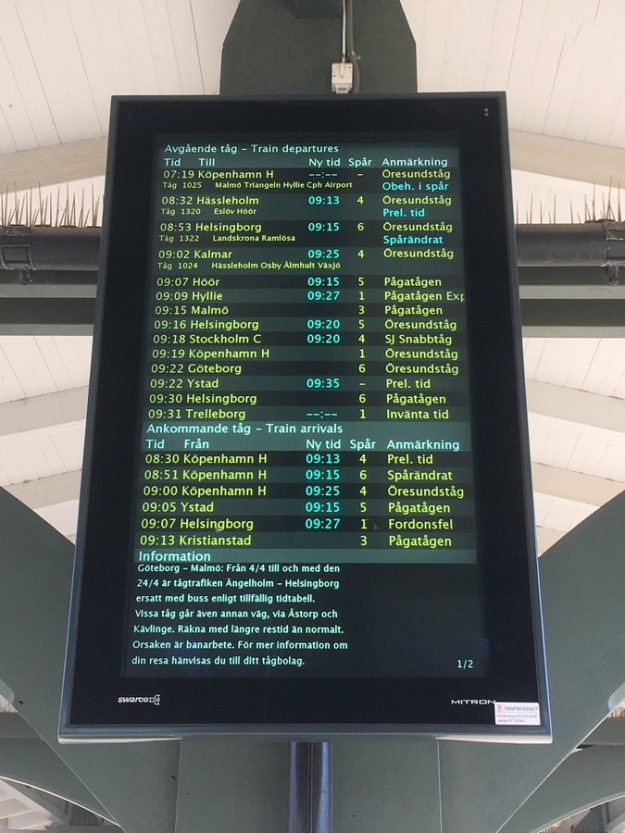Text by Nina Wormbs
Come spring and planning, I postponed this for too long. Perhaps due to the war, perhaps because of workload. It worked fine in the end, but in hindsight I would most likely have chosen a slightly different route back home.

Stockholm – Durham is rather long. I discarded ferries early on since I now know – through an earlier mistake – know that they are not good from a CO2 perspective. I also decided not to sleep on the train. The reason was mainly Covid and the lack of flexibility if you want to have your own compartment. Thus I was left with travelling during the day and stopping on the way. Since I have family in Lund, that was a natural place for my first night.

That allowed me to make an early start on the travel across Germany for Köln. The trip had four legs: I changed trains in Copenhagen, Fredericia and Hamburg. This went smooth and without incidents. I arrived in Köln and had time for a long walk in the city and then dinner with a friend who also hosted me for the night. Great stop.
Next day I took the high-speed train to Brussels and then the Eurostar to London St Pancras. This gave me ample time in the afternoon and night in London and also the possibility for a long walk the next morning. Lovely as they say.
The train for Durham left from King’s Cross which is next to St Pancras. This train was also without incident and I arrived less than three hours later in a magnificent city. The river Wear makes a loop around a hill on which the old town with its castle and world heritage cathedral is built. It is to a high degree a university town, with most of the campus south of the inner city.
The conference and PhD spring school lasted four days and I left on the fifth. When I got around to make reservations, options were few due to Easter, and I ended up taking the Eurostar to Paris. That was a late train to start with, which also became delayed. Still, I managed to walk around and smell Paris before I went to sleep in a tiny little room on La Fayette.

Easter Saturday started with a high-speed train to Köln via Brussels. No worries. In Köln I had time to buy lunch and walk a bit around the cathedral which is just outside of the station. However, the train to Hamburg turned out to be delayed and I could have missed my connection. The train waited, however, which was a relief. Normally the trip between Copenhagen and Lund is effortless, but during Easter construction work was undertaken and I had to take the bus between the airport and Hyllie. In the end it did not take longer actually, but was slightly more inconvenient. I was rather tired when I put my head on the pillow, after that 15 hour journey. I stayed on in Lund and eventually managed the last leg to Stockholm.
With this many trips, an interrail mobile pass is the cheapest option. The app mostly worked well and a mobile pass is really useful as it also has search functions, Q&A, community and is flexible. I made reservations on all trains, also those where I did not need to.
Stockholm – Durham can perhaps be done in two days. But it would be tough and you are vulnerable to delays. I only had two delays and only one was serious. With more travel days the risk diminishes of unexpected major changes to your itinerary.
And mobility becomes more travel and less transport.


